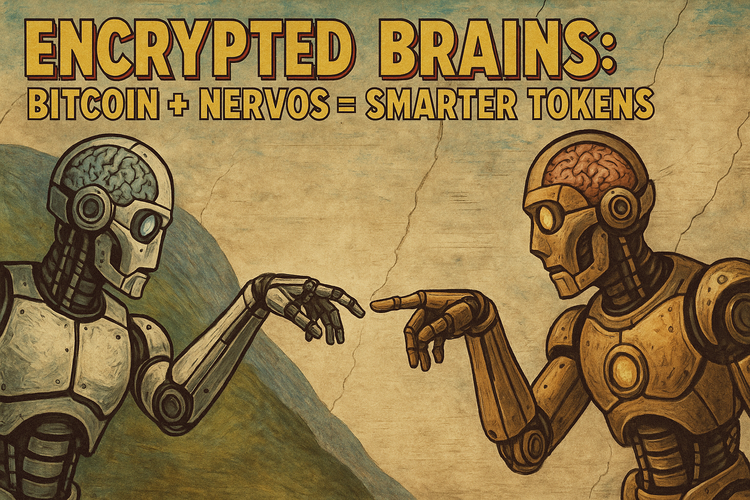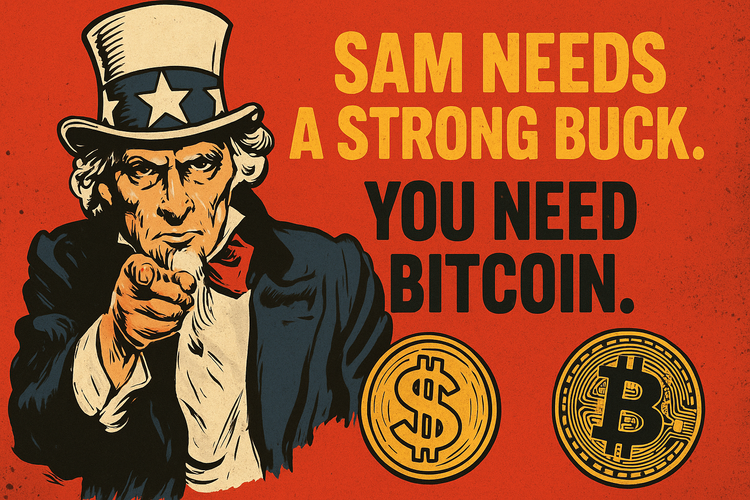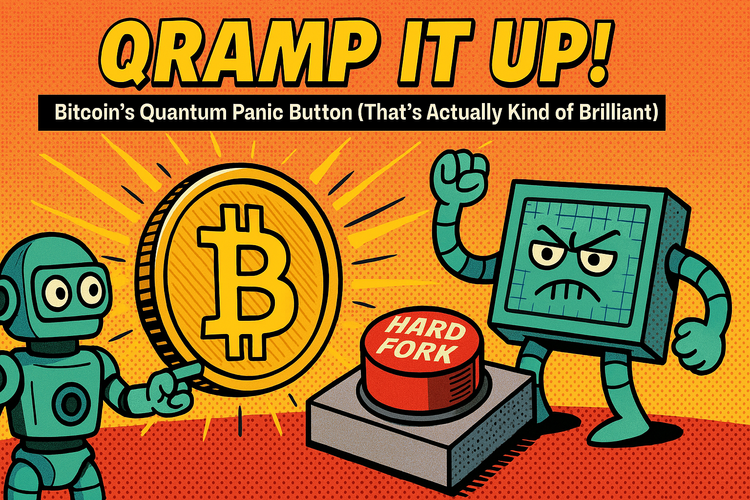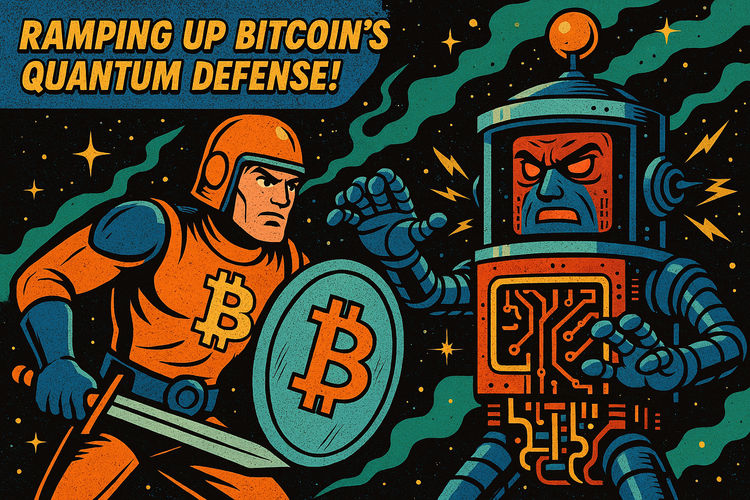THE GRANDFATHER OF BLOCKCHAIN
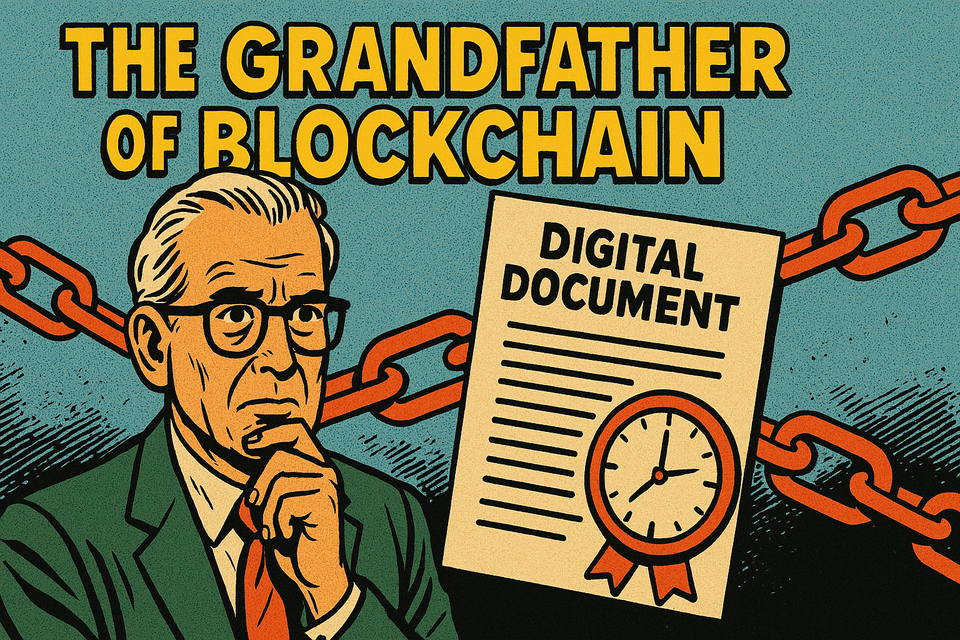
Before Bitcoin, there was… a timestamp.
Let’s rewind to 1991.
No NFTs. No crypto Twitter. No Bitcoin pizza.
But two researchers, Stuart Haber and W. Scott Stornetta, were already thinking about something pretty radical:
“How do you make sure a digital file hasn’t been tampered with?”
Boom. That question kicked off what would quietly become the foundational concept of the blockchain.
The Paper That Time-Stamps Forgot (Until Bitcoin Showed Up) Published in the Journal of Cryptology, the paper titled “How to Time-Stamp a Digital Document” sounds low-key… but it’s pure proto-blockchain energy.
👉 Read it here: How to Time-Stamp a Digital Document (1991)
Their core idea? Secure digital timestamps — basically, a way to prove that:
- A file existed at a certain time, and
- Nobody messed with it afterward
You know, receipts. But cryptographic ones.
So what did they actually propose?
Haber and Stornetta introduced a trustless (yes, that word again) method for timestamping documents using:
- Cryptographic hash functions (the digital fingerprint of any file)
- Chained timestamps (each new document includes the previous timestamp — hello, blocks)
- Distributed trust (they even suggested using newspapers to publish hashes... the analog version of decentralization)
It wasn’t a blockchain yet. But it was block-chain-y.
The Magic of Linking Things (Like Lego, but for Documents)
The clever part was the chaining mechanism. Imagine this:
- You hash a document.
- That hash gets time-stamped and published.
- The next document you want to timestamp includes the previous hash in its own.
Now you have a sequence. A tamper-proof, auditable, cryptographically-verifiable record of events.
Sound familiar? Yep. It’s the skeleton of what Satoshi would later flesh out with consensus, mining, and incentives.
But wait — didn’t Satoshi invent all this?
Yes… and no. Satoshi’s genius was combining:
- Haber & Stornetta’s timestamps
- Merkle trees
- Proof-of-work
- Peer-to-peer networking
But if you read the original Bitcoin whitepaper, guess which paper is citation #1? 👉 “How to Time-Stamp a Digital Document,” 1991
The Bitcoin origin story doesn’t start in 2008. It starts with two cryptographers in lab coats, battling data integrity before it was cool.
Legacy Check These guys didn’t just write one banger paper and bounce. They went on to co-found Surety, a timestamping service that still runs today and has been anchoring hashes in the New York Times since 1995.
Yes. The NYT classifieds.
A tiny hash string, printed weekly, is part of an unbroken chain that’s older than your favorite altcoin.
Bitcoin x Time-Stamps: Where They Overlap
🧠 Both Bitcoin and the 1991 paper share a common DNA:
- Immutable Records: Linked hashes form tamper-evident sequences.
- Trustless Verification: No need for central timestamp authorities.
- Hash Power: Hash functions are the security glue in both.
- Public Anchoring: NYT hashes vs public Bitcoin ledger.
- Direct Lineage: Satoshi literally cites the paper as his first reference.
TL;DR: Before Bitcoin, before Ethereum, before all the crypto chaos… two guys quietly invented the first blocks.
They weren’t trying to disrupt finance. They just wanted a better way to prove what happened, and when.
And that humble mission? It built the rails for the biggest tech movement of our time.
Stay notoko.
💡 Subscribe to Notoko Bytes for more crypto chaos straight to your inbox! 🚀

Want to feature your brand on Notoko Bytes? 🚀 Contact us at ctrascend@gmail.com for sponsored posts!
Disclaimer
*The information and analysis provided in this article are intended for educational and informational purposes only and should not be considered as financial, investment, or professional advice. While our team strives to ensure the accuracy and reliability of the content, we make no representations or warranties of any kind, express or implied, about the completeness, accuracy, reliability, suitability, or availability of the information presented.
The content within this article may include opinions and forward-looking statements that involve risks and uncertainties. The blockchain and cryptocurrency markets are highly volatile, and past performance is not indicative of future results. Any reliance you place on the information presented is strictly at your own risk. Before making any investment decisions, we highly recommend consulting with a qualified financial advisor or conducting your own thorough research.
By accessing and using the information provided in this article, you acknowledge and agree that neither the authors, publishers, nor any other party involved in the creation or delivery of the content shall be held liable for any direct, indirect, incidental, consequential, or punitive damages, including but not limited to loss of profits, goodwill, or data, arising out of your use or inability to use the information provided or any actions you take based on the information contained within this section.*


